Contemporary art in dialogue with dinosaurs: in Modena, the AGO Foundation, as part of the project The Time of Wonder, is hosting from October 26, 2024 to January 12, 2025 the exhibition Naturale Innaturale. Dinosaurs and Other Creatures, divided into two parts: a solo exhibition by Dario Ghibaudo (Cuneo, Italy, 1951) and an exhibition on dinosaurs, to offer the public a fascinating exploration that can weave science and art into an imaginative representation of nature. The exhibition, produced in collaboration with MuseOmoRE, the system of Museums and Botanical Garden of the University of Modena and Reggio Emilia, offers a path through the evolution of the scientific representation of dinosaurs to artistic interpretations that challenge the traditional view of nature.
Curated by MuseOmoRE’s Veronica Padovani and art historian Gianlorenzo Chiaraluce, the exhibition invites the public to reflect on nature, real and imagined, through unique works such as sculptures and large inks by artist Dario Ghibaudo. Ghibaudo’s approach disrupts scientific paradigms to reveal a creative universe, far from figurative conventions, in which dinosaurs and other creatures are transformed, taking on new fantastic and speculative guises. A production that speaks to us about evolution, technology, posthuman with the typical irony of the Piedmontese artist.
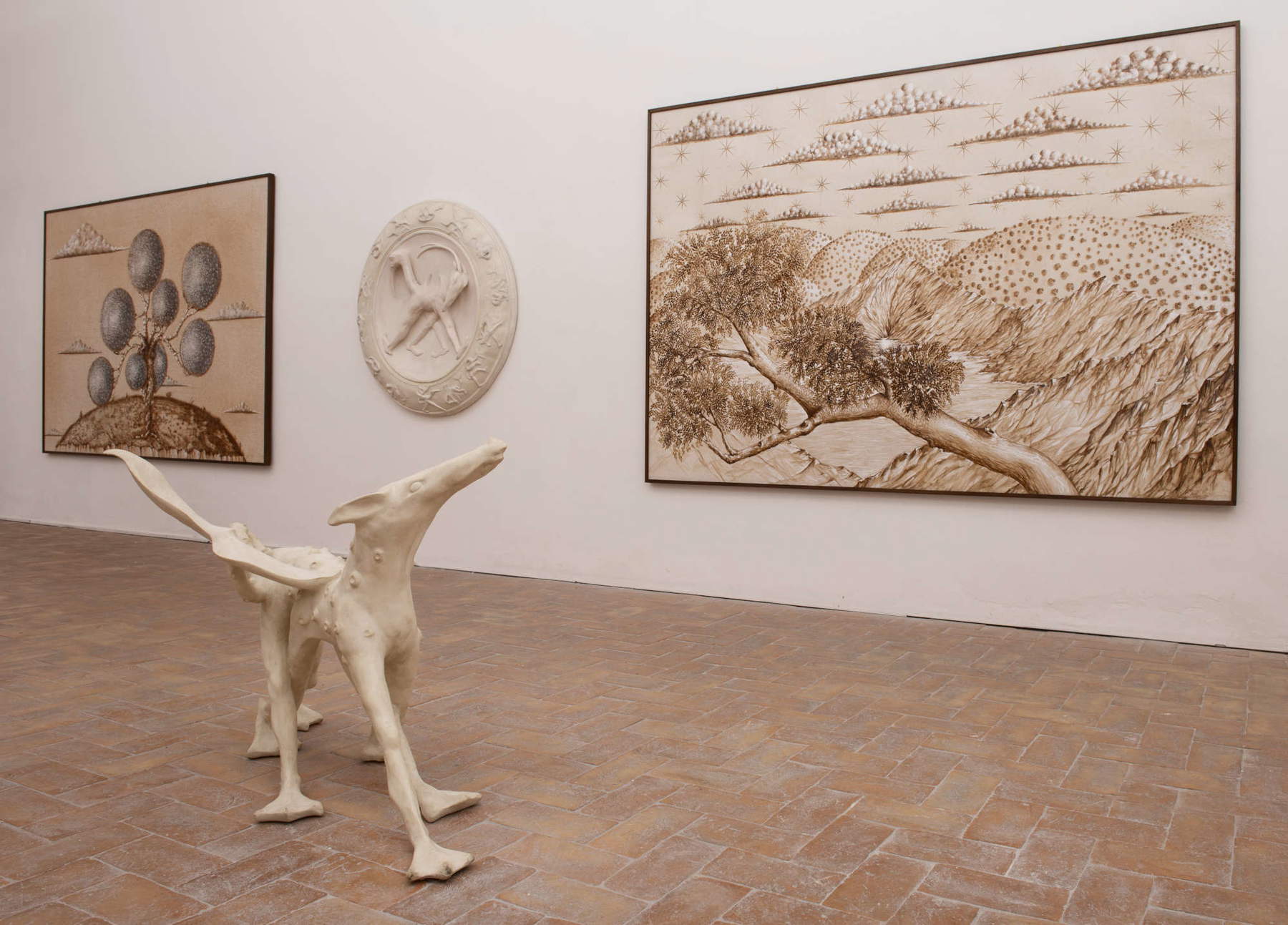
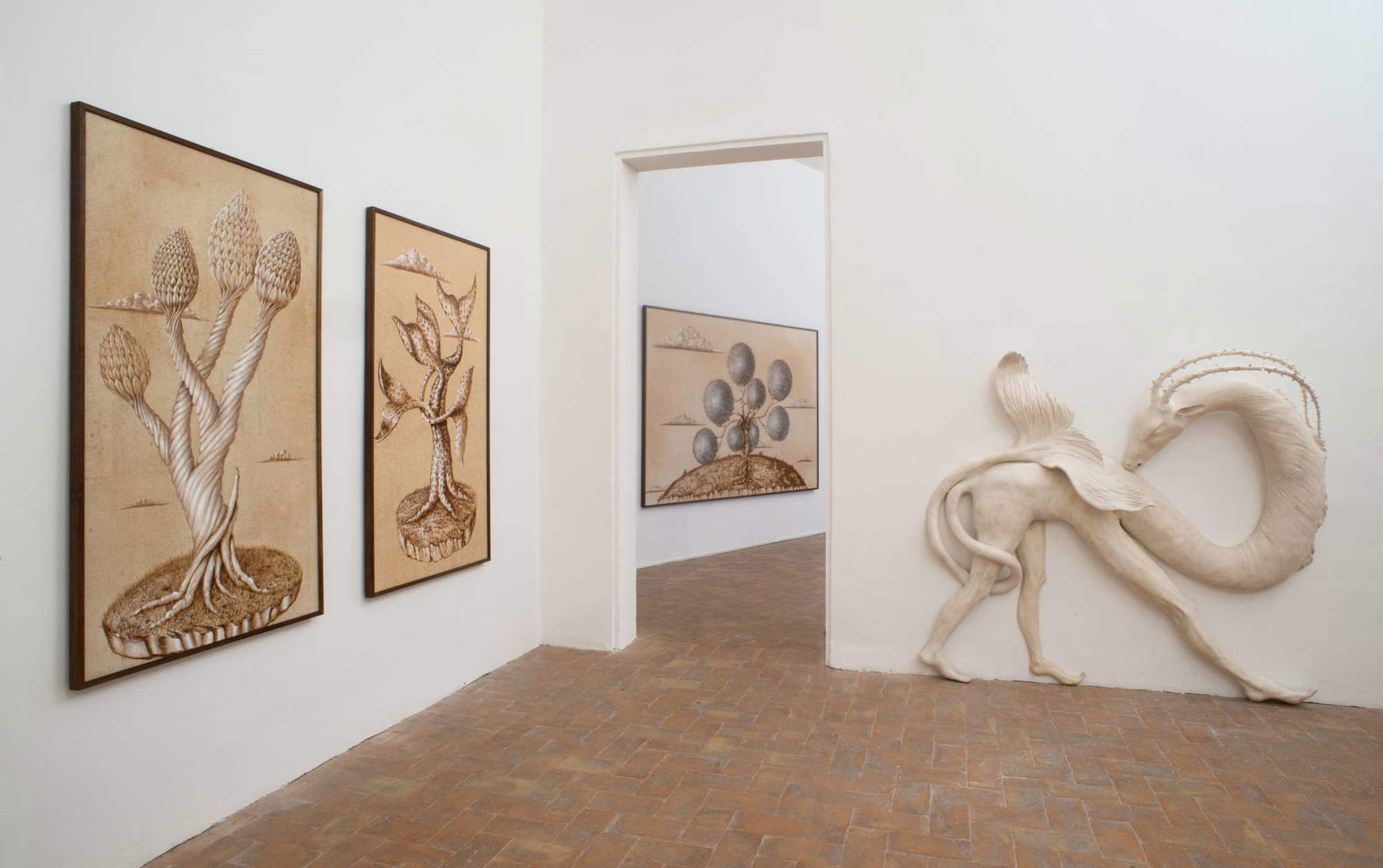
Natural Unnatural was also created to celebrate an important anniversary in the history of paleontology: the 200th year since the first scientific description of a dinosaur fossil, Megalosaurus, by William Buckland in 1824. Since then, representations of these animals have undergone a profound transformation, moving from initial images of clumsy, heavy creatures to increasingly accurate and dynamic views that include lively, feather-covered and, in many cases, colorful dinosaurs.
Among the exhibition’s scientific protagonists, a skeleton of Allosaurus fragilis from the Museum System and Botanical Garden of the University of Modena and Reggio Emilia captures attention for its dynamic pose, consistent with current paleontological knowledge. The public will thus be able to observe how science has changed its understanding of prehistoric life and the characteristics that made these beings so different from the stereotypes that have dominated the collective imagination for decades.
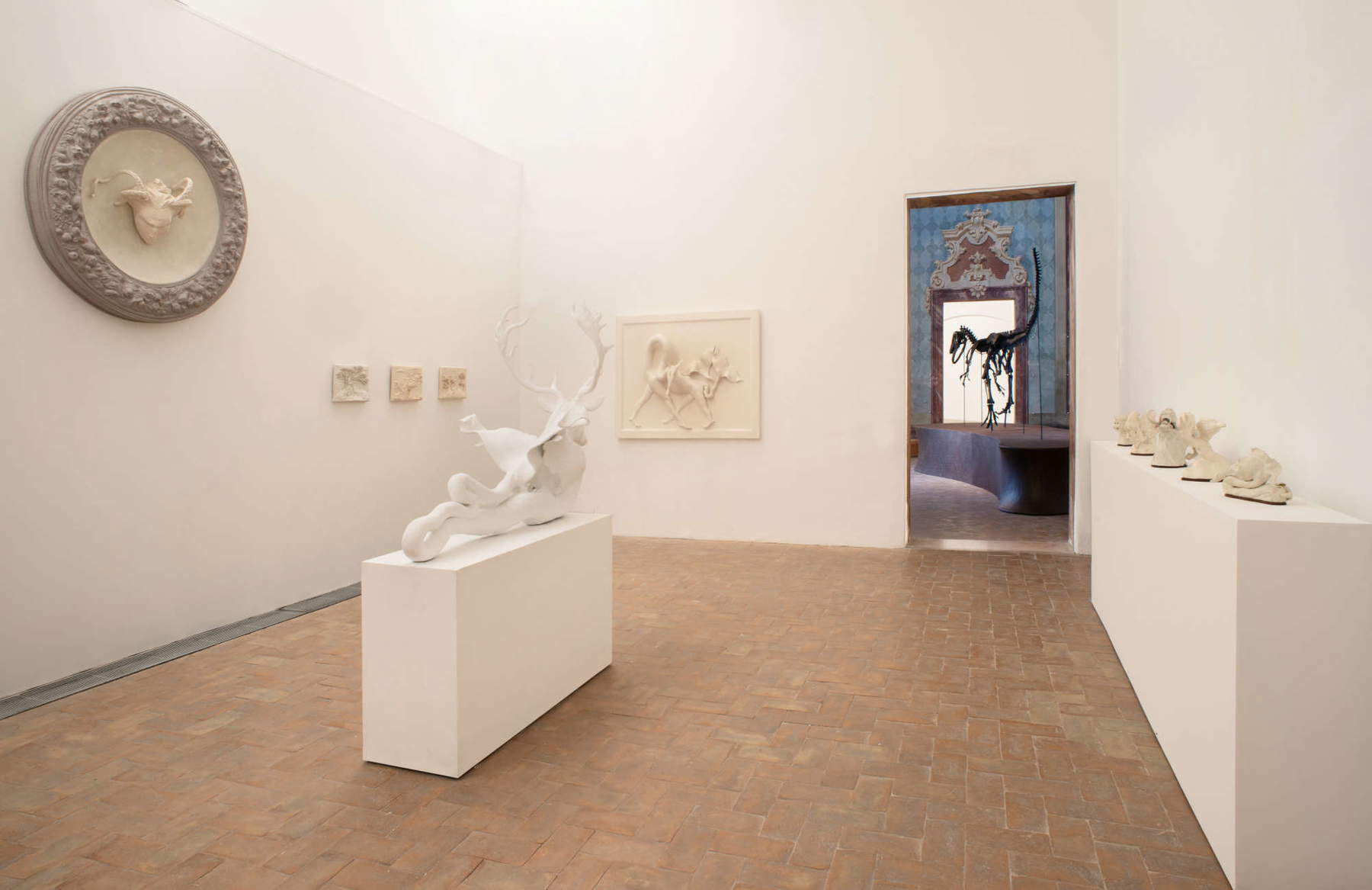
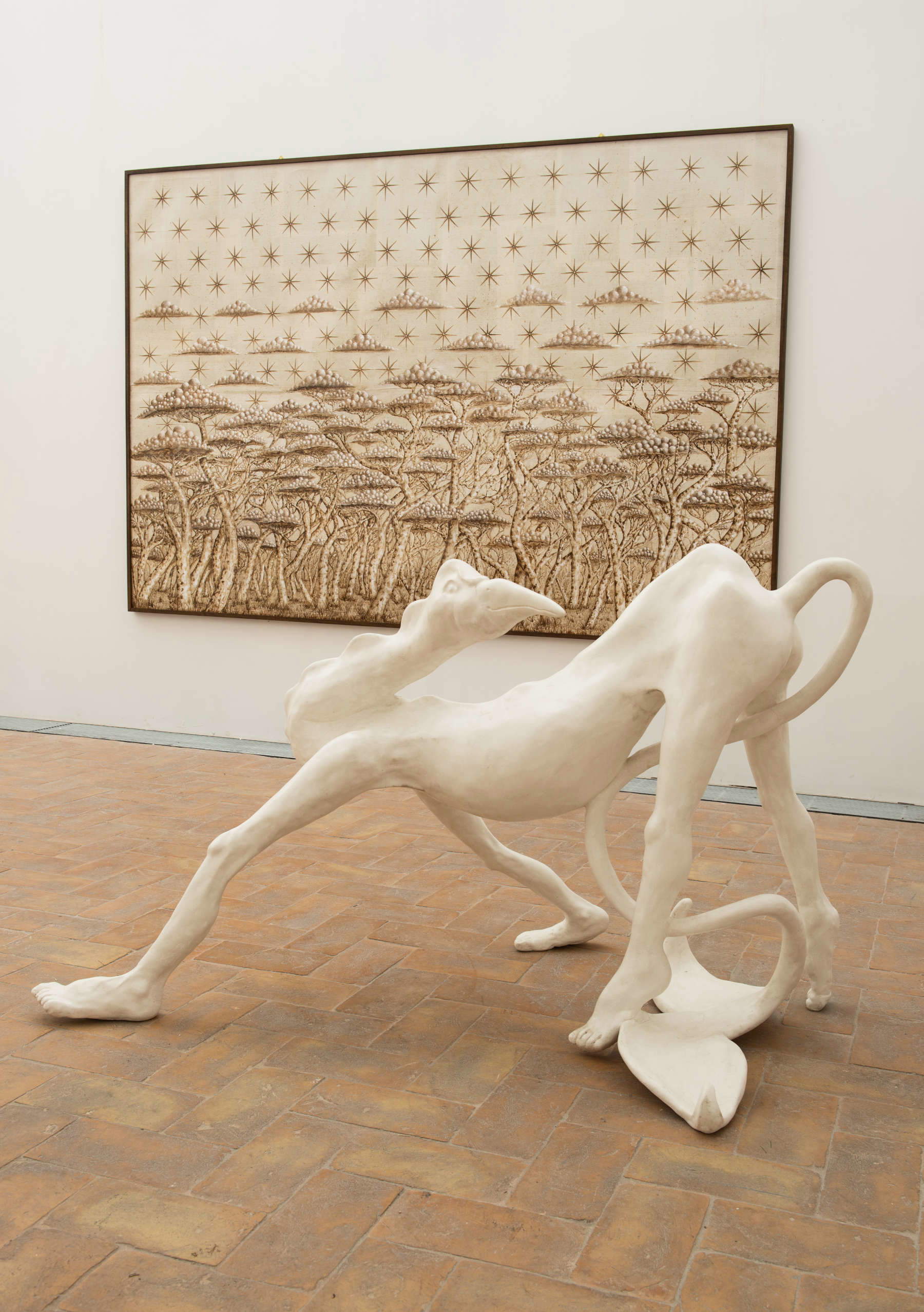
The exhibition is enriched by the visionary contribution of Dario Ghibaudo, an artist who since 1990 has undertaken an ambitious and unique project: the Museum of Unnatural History. It is a series of installations that, inspired by scientific classification, seek to reflect ironically on nature’s cataloguing systems and the mutations that mix human, animal and plant elements.
Currently composed of twenty-eight rooms, Ghibaudo’s Museum of Unnatural History offers the public an artistic reflection on the transformative potential of nature. His “artistic-Darwinian enterprise” ironically and creatively invokes the scientific method proper to natural history collections, using it to bring to life an alternative museum in which the laws of science leave room for imagination. Ghibaudo’s “unnatural history” proposes creatures that cross species boundaries and invite the visitor to question the concept of classification and the fluidity of nature.
The first room of Ghibaudo’s solo exhibition is a paradoxical reinterpretation of the Renaissance Wunderkammer: ancient collections often included skulls and heads of stuffed animals, crammed into cabinets or small display cases and exhibited as a manifesto of the human attempt to control nature and its unpredictable paths. Thus, the heads created by Ghibaudo are very fine molded porcelain, often inlaid with gold filaments, parodically mimicking the models included in such assortments. We find, for example, a bird with its neck bent in on itself, a dog with goat horns, and much more, to “throw off,” explains curator Chiaraluce, “the concept of species recognition” and recover "the colonial category of ’exotic’ in a potentially subversive key. The titles of the works themselves are also particularly indicative: in the Enlightenment era, scientific terminology was one of the key elements through which natural history itself was constructed, and with it the typically human need to correctly identify every living entity was met. In Ghibaudo’s works, the curator writes, "nominative clarity for cognitive purposes, as a scientific and museographic prerequisite, is again circumvented and turned inside out by the artist’s action. Indeed, the recourse to the tradition of Latin names, adhering to those employed by specialists to name different species, is imitated and ambiguously deconstructed. Viventem Ambiguas, Pulpa Tenebrusa, Hippotragus Anteropostus Spinatus are some of the titles we find among the works in the exhibition. Confused, hybridized and parodied, they echo the impossibility of establishing a clear-cut taxonomy of the multiformity of the living."
“Dario Ghibaudo’s operation,” Chiaraluce goes on to explain, “is centered on an unorthodox rehashing with which to question not only the very concept of a work of art, but also the visual prototypes that embody the figurativeness of art history, not leaving out the more properly structural ones. The panels, the Renaissance roundels, the high reliefs, are in fact exemplars with which the artist engages directly, frequently recovering the virtuoso layouts of some past masters, such as Giotto, Michelangelo or Lorenzo Ghiberti, demonstrating the outcomes of a syncretic and synchronic feeling that makes past, present and future converge on the same timeline.”
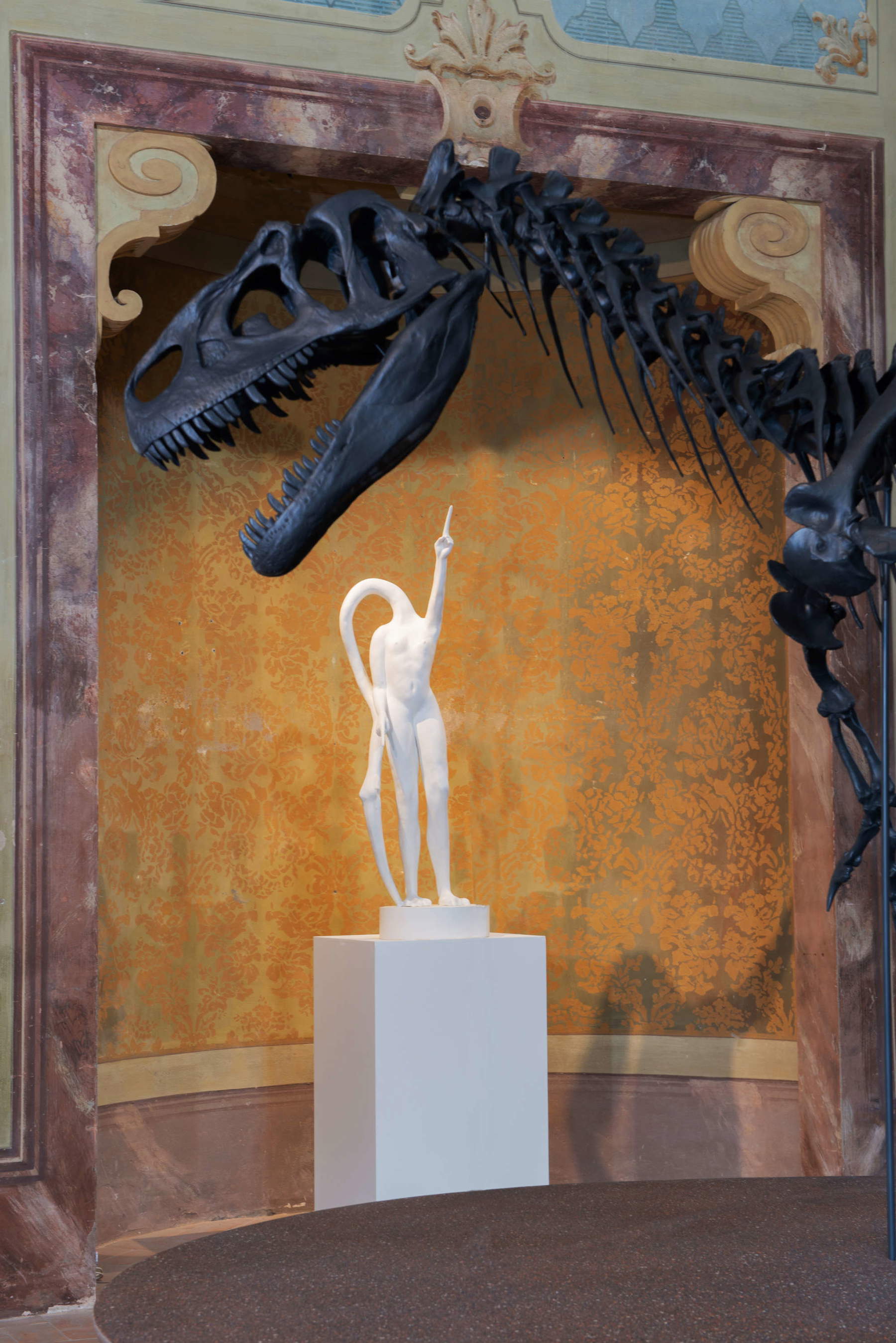

The collaboration between the AGO Foundation and MuseOmoRE thus stages a dialogue that crosses temporal and conceptual boundaries between the real and the imaginary. The path of the exhibition Naturale Innaturale is divided into two complementary dimensions: that of science, which seeks to understand the historical and biological truth of creatures of the past through an educational path, and that of art, which, with its figurative and fantastic language, suggests new horizons of understanding and interpretation.
In Dario Ghibaudo’s works, the public will also find a stimulus to reflect on the themes of genetics and classifications, with a perspective that goes beyond the canonical taxonomic divisions to propose a world of mutations, where the boundaries between animal, plant and human dissolve, recalling the theme of “unnatural” nature that permeates his work.
The exhibition layout offers an opportunity to immerse oneself in a profound and stimulating dialogue between art and science. Through sculptures, drawings and fossil specimens, visitors have the opportunity to rediscover dinosaurs as creatures on the borderline between scientific reality and artistic representation. Ghibaudo’s works, in particular, represent a leap beyond time and space, evoking the curiosity and imagination that have accompanied humans in their study of the natural world since ancient times.
The exhibition, part of the project The Time of Wonder, is part of a broader cultural program of the AGO Foundation, which promotes initiatives to enhance historical and scientific heritage through experiences that combine different disciplines. Naturale Innaturale is, therefore, a celebration of the wonder of nature and human creativity, inviting us to rediscover the natural universe from a new and engaging perspective, keeping alive the wonder and curiosity that fuel discovery.
The exhibition can be visited at the AGO Foundation’s exhibition venues in collaboration with MuseOmoRE, and is aimed at a wide audience, from the merely curious to art and paleontology enthusiasts, as well as children and families. With visually striking installations and the presence of unique exhibits such as the skeleton of Allosaurus fragilis, Naturale Innaturale offers a comprehensive experience that touches on different aspects of human knowledge and provides stimulation for every visitor.
The exhibition opens Wednesday through Friday from 11 a.m. to 1 p.m. and 4 p.m. to 7 p.m., Saturdays, Sundays and holidays from 11 a.m. to 7 p.m. Admission: 6 euros, concessions 4 euros. Free admission every Wednesday. Guided tours every Saturday at 4 p.m. by appointment.
For information on the exhibition and cultural events taking place in Modena from October 2024 to January 2025 as part of the The Time of Wonder program promoted by the AGO Foundation: info@fondazioneago.it | www.fondazioneago.it ; phone during exhibition hours (Palazzina dei Giardini) +39 059 2033166. For information on Dario Ghibaudo, Museum of Unnatural History: Luigi De Ambrogi Gallery, galleriadeambrogi@gmail.com, phone 333 249 3841.
 |
| Natural Unnatural: in Modena, the works of Dario Ghibaudo between science and art |
Warning: the translation into English of the original Italian article was created using automatic tools. We undertake to review all articles, but we do not guarantee the total absence of inaccuracies in the translation due to the program. You can find the original by clicking on the ITA button. If you find any mistake,please contact us.